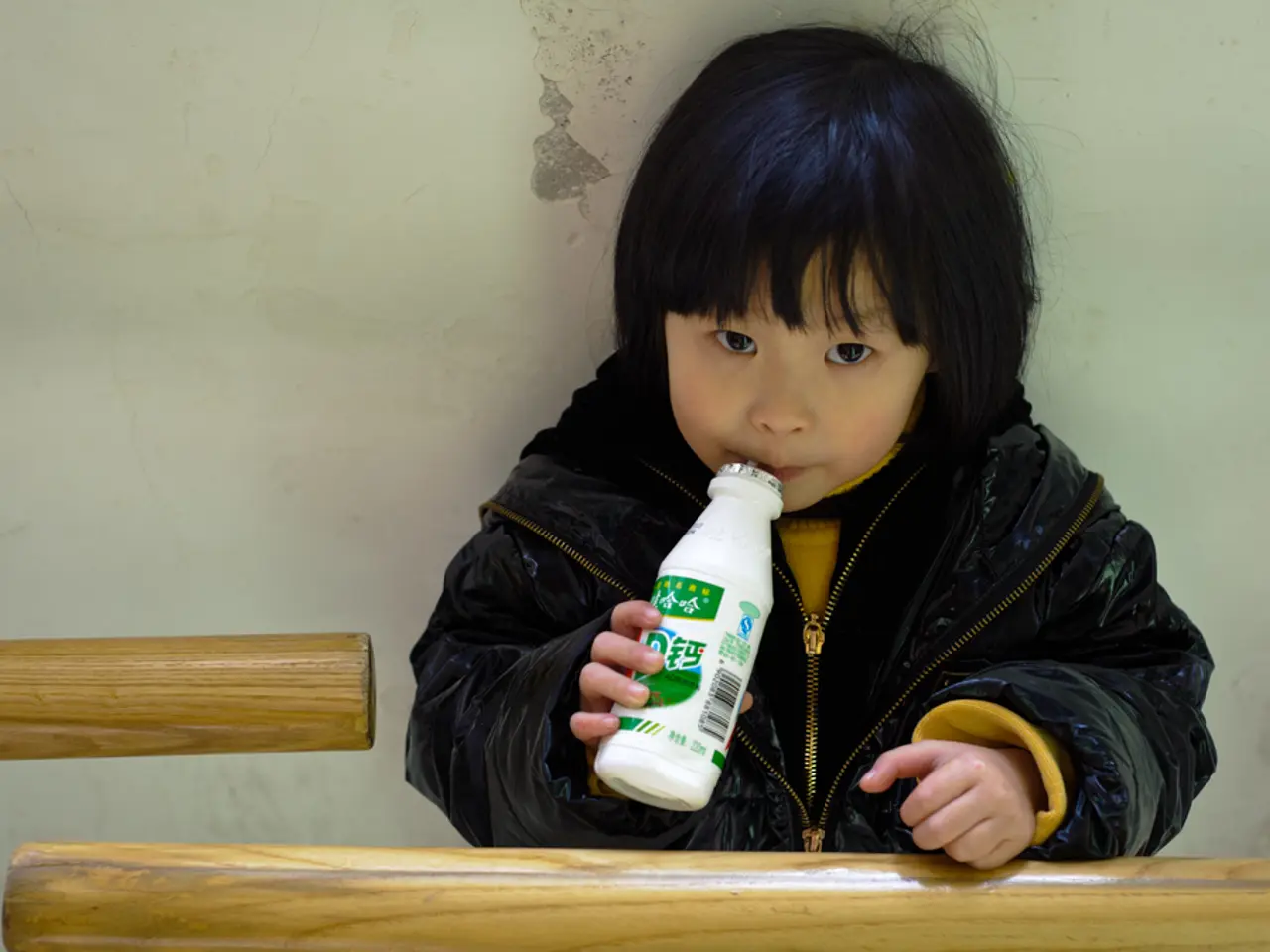Experiencing Childhood under the Influence of a Psychotic Matriarch
In the heart of a typical suburban home, a young individual's world was anything but ordinary. At the tender age of ten, the onset of their mother's psychotic break in May marked the beginning of a tumultuous journey.
The mother, plagued by a virulent string of mental illness including schizophrenia, narcissism, depression, anxiety, alcoholism, and a history of physical and emotional abuse, lived in a state of constant turmoil. Her home, once a sanctuary, became a prison, trapping her and her children in a web of fear and uncertainty.
The mother's psychosis manifested in a myriad of ways. She believed she had killed the postman or the neighbour girl, worried about cancer, dying, and finding her soul mate. She thought she could get energy from lying under a lamp in the living room, and that her daughter and son were the devil, necessitating a desperate need to kill them.
Her appearance was a stark reminder of her struggle. Her legs prickled, her face was gray and saggy, and she reeked of rancid odours - a combination of rotting meat, old cigarettes, and dirty hair. The mother's delusions were as palpable as her odour, casting a shadow over the household.
Despite the chaos, the young individual found solace in the simple joys of childhood. They looked forward to summer activities, reading Babysitters Club books, and daydreaming about a crush. Yet, the psychotic break forced them to grow up quickly, requiring them to take on adult responsibilities such as wearing deodorant and shaving their arm pits.
The mother's mental health struggles were not without treatment. She was prescribed medications such as Quetiapine, an atypical antipsychotic used for psychotic disorders including schizophrenia and bipolar disorder, and Zyprexa (Olanzapine), which was administered for psychosis, anxiety, and panic attacks. The specific treatment reported includes Quetiapine and Zyprexa during that period. Other antipsychotics like Risperidone and Aripiprazole may also be used in psychosis treatment, but the focus was primarily on these two medications.
Tragically, the mother's mental health struggles often overshadowed the needs of her children. The young individual was rarely seen, with the focus being on the mother's symptoms and treatment. This left the child feeling isolated and misunderstood, leading to feelings of depression when they were about sixteen.
Children and teens who have a parent with bipolar disorder are 14 times more likely than their peers to have bipolar-like symptoms themselves. This statistic underscores the importance of addressing the mental health needs of both the parent and the child, ensuring a supportive environment for all involved.
The story of this individual serves as a poignant reminder of the far-reaching effects of mental illness on families. It is a call to action, urging us to recognise and address the needs of children and teens who are often overlooked in the face of their parents' struggles.
Read also:
- Peptide YY (PYY): Exploring its Role in Appetite Suppression, Intestinal Health, and Cognitive Links
- Toddler Health: Rotavirus Signs, Origins, and Potential Complications
- Digestive issues and heart discomfort: Root causes and associated health conditions
- House Infernos: Deadly Hazards Surpassing the Flames




